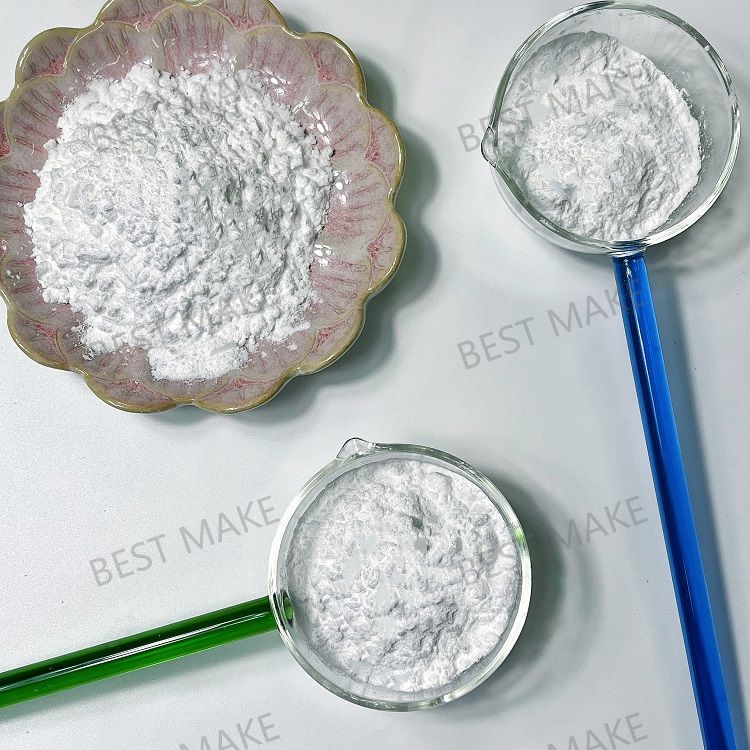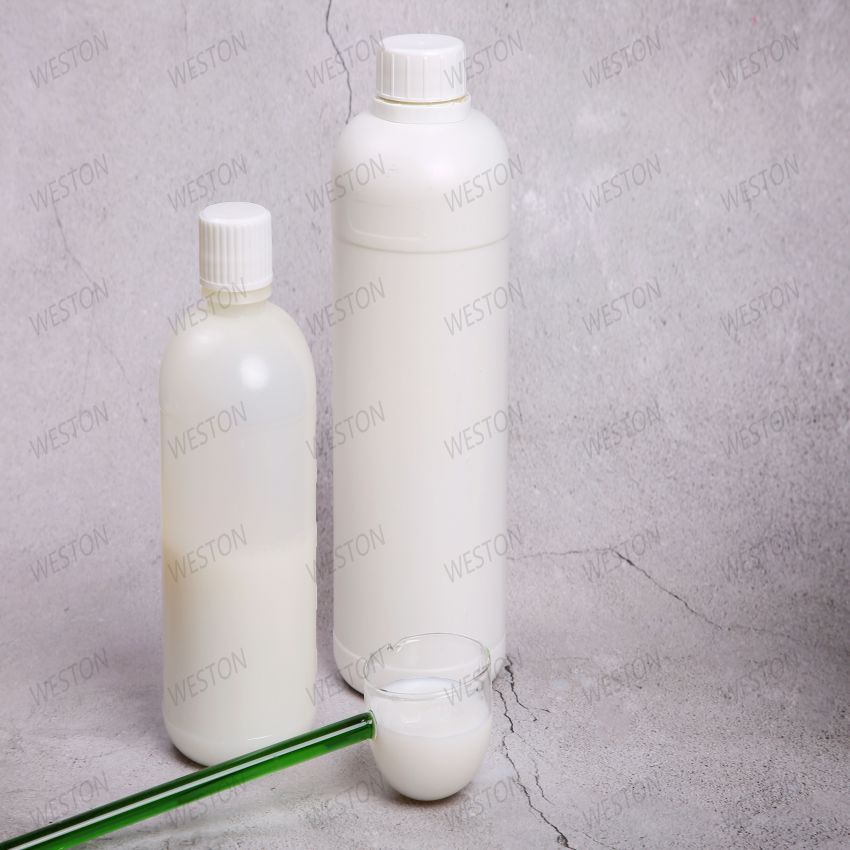-
Categories
-
Pharmaceutical Intermediates
-
Active Pharmaceutical Ingredients
-
Food Additives
- Industrial Coatings
- Agrochemicals
- Dyes and Pigments
- Surfactant
- Flavors and Fragrances
- Chemical Reagents
- Catalyst and Auxiliary
- Natural Products
- Inorganic Chemistry
-
Organic Chemistry
-
Biochemical Engineering
- Analytical Chemistry
- Cosmetic Ingredient
-
Pharmaceutical Intermediates
Promotion
ECHEMI Mall
Wholesale
Weekly Price
Exhibition
News
-
Trade Service
(1) The meaning of precision in the standard
(1) When precision is expressed in absolute terms
(2) When precision is expressed in terms of relative terms
This regulation focuses on the degree of dispersion of the two results relative to the average value
(3) When the precision is related to the analytical concentration
The repeatability limit is the method development and verification.
(4) When there are 3 or more parallel determination results, the relative standard deviation (RSD) can be used to determine the precision
(2) Relevant definitions
Repeatability limit: a value, under repeatability conditions, the probability that the absolute difference between the two test results is less than or equal to this number is 95%
Calculation of repeatability limit:
r=2.
Among them, Sr is the repeatability standard deviation
Reproducibility limit: a value, under the condition of reproducibility, the probability that the absolute difference between the two test results is less than or equal to this number is 95%
Calculation of reproducibility limit:
R=2.
Among them, SR is the standard deviation of reproducibility
(3) Relevant calculation sources
If an estimator is the sum or difference of n independent estimators, the standard deviation of each estimator is σ, then the standard deviation of the sum or difference is
(4) Parallel result judgment application examples
The linear interpolation method is used to calculate the repeatability judgment example of the parallel results of the two pesticide residue detections
Question: Xiao Wang determined that the content of a certain pesticide was 0.
Answer: Calculated according to linear interpolation
The average of the two contents is
(0.
43+0.
37)/2=0.
40mg/kg
According to the formula
(X 0 -X 1 )/(X 2 -X 1 )=(Y 0 -Y 4 )/(Y 2 -Y 1 )
Calculate the repeatability limit at 0.
40mg/kg
Y0=Y1+(Y2-Y1)×(X0-X1)/(X2-X1)
=0.
04+(0.
14-0.
04)×(0.
40-0.
10)/(0.
50-0.
10)
=0.
115
Because the absolute difference between the two test results is 0.
43-0.
37=0.
06<0.
115, the pesticide parallel results meet the requirements of the method
.
Related links: Qualitative mass spectrometry and the deviation range of ion abundance ratio







